The Cucurbitaceae family is a fascinating group of plants with an interesting story. Originating in the tropics, the Cucurbitaceae family includes many familiar fruits and vegetables such as watermelons, cucumbers, and pumpkins. These plants have adapted to a wide range of environments, from arid deserts to humid rainforests. The Cucurbitaceae family has also played an important role in human history, with evidence of their use dating back at least 10,000 years. For example, the ancient Hohokam people of Arizona used gourds from the Cucurbitaceae family for water containers and musical instruments. Today, the Cucurbitaceae family continues to be an important source of food and medicine for people all around the world.
Picture
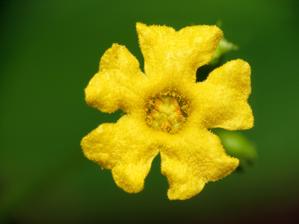
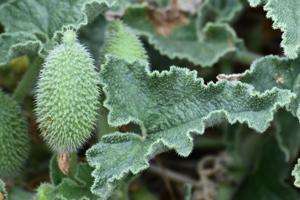
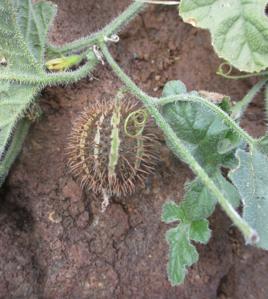
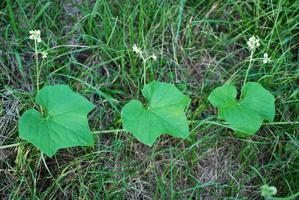
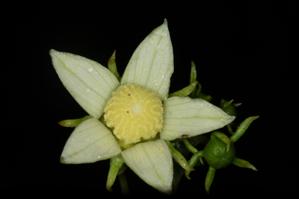
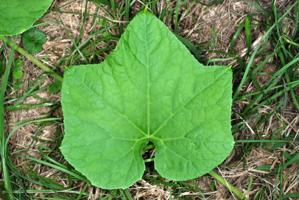
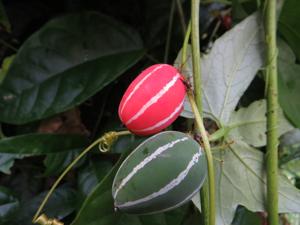
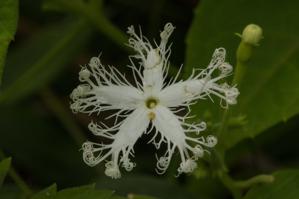
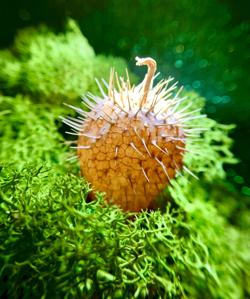
Plant some seeds now!
Short Description
The Cucurbitaceae (/kjuːˌkɜːrbɪˈteɪsiːˌiː/), also called cucurbits or the gourd family, are a plant family consisting of about 965 species in around 95 genera. Those most important to humans are the following:[citation needed]
Cucurbita – squash, pumpkin, zucchini or courgette, some gourds
Lagenaria – calabash, and others that are inedible
Citrullus – watermelon (C. lanatus, C. colocynthis) and others
Cucumis – cucumber (C. sativus), various melons and vines
Momordica – bitter melon
Luffa – the common name is also luffa, sometimes spelled loofah (when fully ripened, two species of this fibrous fruit are the source of the loofah scrubbing sponge)
Cyclanthera – Caigua
The plants in this family are grown around the tropics and in temperate areas, where those with edible fruits were among the earliest cultivated plants in both the Old and New Worlds. The family Cucurbitaceae ranks among the highest of plant families for number and percentage of species used as human food. The name Cucurbitaceae comes to international scientific vocabulary from Neo-Latin, from Cucurbita, the type genus, + -aceae, a standardized suffix for plant family names in modern taxonomy. The genus name comes from the Classical Latin word cucurbita, meaning “gourd”.
Description
Flower of Lagenaria captured at night
Most of the plants in this family are annual vines, but some are woody lianas, thorny shrubs, or trees (Dendrosicyos). Many species have large, yellow or white flowers. The stems are hairy and pentangular. Tendrils are present at 90° to the leaf petioles at nodes. Leaves are exstipulate, alternate, simple palmately lobed or palmately compound. The flowers are unisexual, with male and female flowers on different plants (dioecious) or on the same plant (monoecious). The female flowers have inferior ovaries. The fruit is often a kind of modified berry called a pepo.: 2



